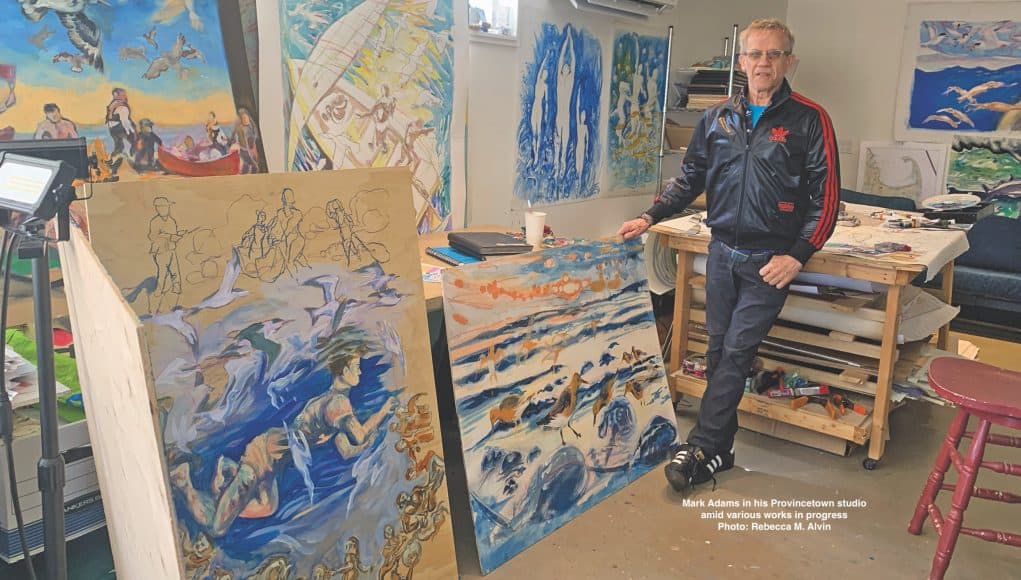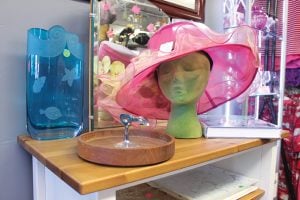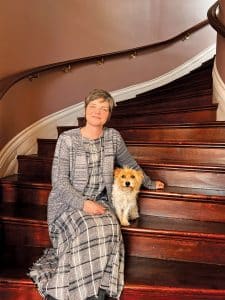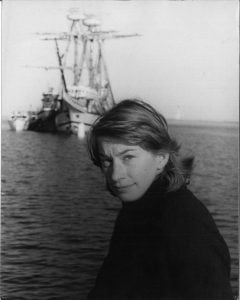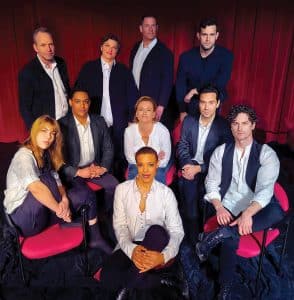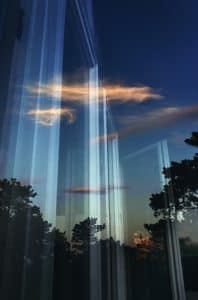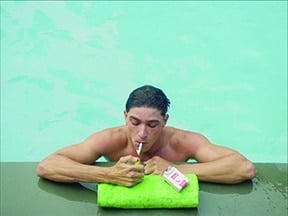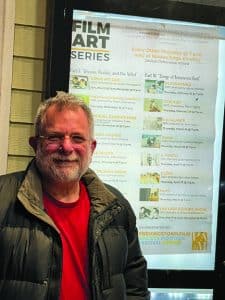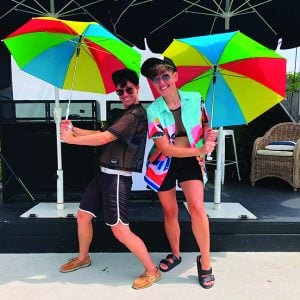by Rebecca M. Alvin
Our relationship with the natural world is often thought of in terms of some sort of inherent man vs. nature conflict, as though we are not actually a part of nature, as if humans are not natural. It’s a false contradiction to place humanity in a separate category. Likewise, there are many pseudo-contradictions we buy into. For example, the idea that math and science stand apart from music and art, and to excel in one means you probably will not excel in the other. But we know the musical mind is quite mathematical. We know that artists and scientists share powerful critical thinking skills that allow them to see the world as it is but also to acknowledge all that we don’t know about it; both look at the world with wonder.
No one proves false these contradictions better than Mark Adams, a scientist and cartographer working with the National Park Service and the Center for Coastal Studies for many years, and also an exceptional artist named Artist of the Year for 2023 by the Arts Foundation of Cape Cod, a title he will officially receive at the unveiling of his new work in a reception at the Cultural Center of Cape Cod in Yarmouth, Mass., this week.
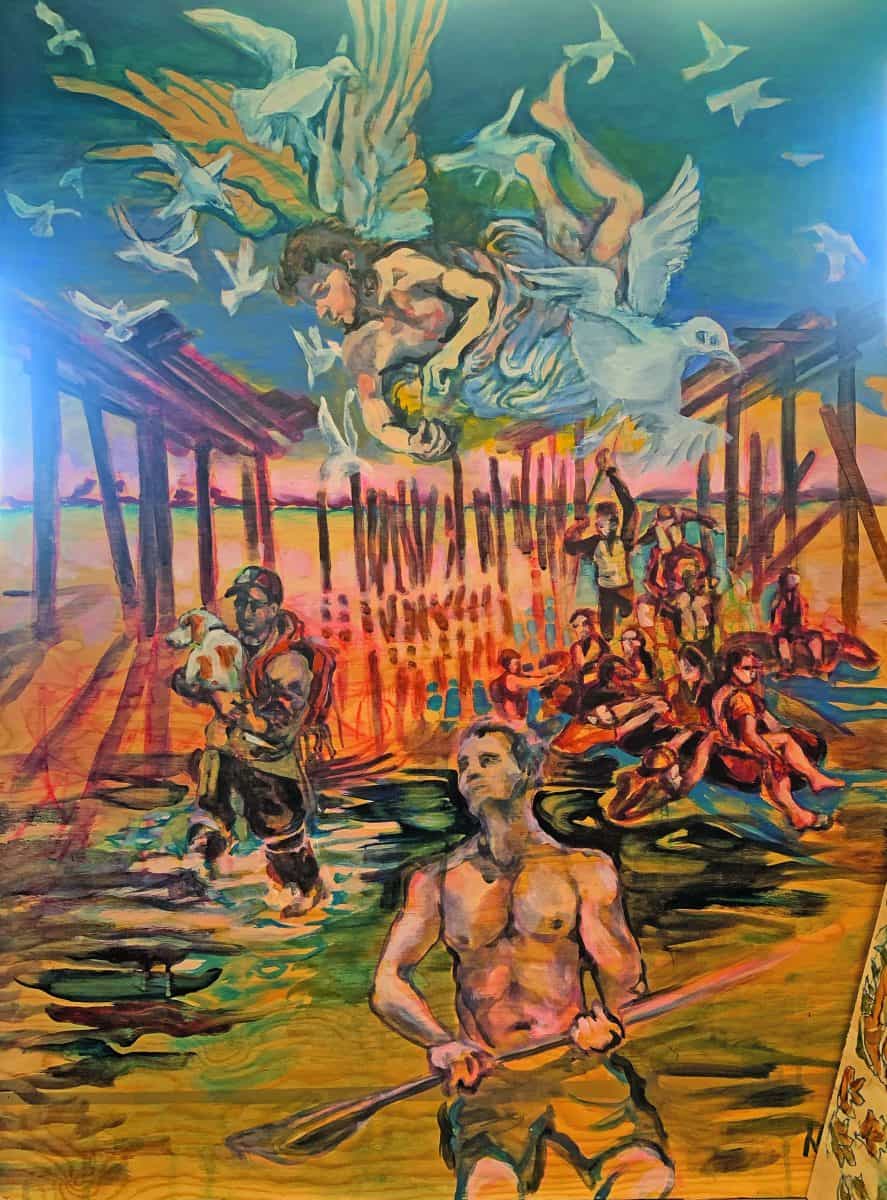
Photo: Rebecca M. Alvin
Adams is thinking a lot about humanity’s place in the natural world, not as something separate from nature or better or worse than it, but as a specific part of it at this moment in time. “I grew up with the idea that we need to deserve our place, we need to earn our place in nature, by living with nature. I mean, I don’t know if it’s a spiritual idea at all, but the thing is that if you look at evolution there’s very few successful species that are still around,” he explains. “We don’t know. We’re just still on probation… I think that’s kind of one of those spiritual ideas for me is: what’s special about people? I think people are special in nature and the systems of the world. We’re a special animal. We’re the shapers of the world, but we also benefit from it. So that’s my spirituality. You gotta acknowledge that you get to be part of that system. If you see waves coming at the beach, you don’t just yell stop, you understand.”
He pulls out a new work featuring horseshoe crabs on a beach with dozens of what look like a cross between a large sandpiper and a robin. These birds are called red knots and they have a special, symbiotic relationship with horseshoe crabs, a creature that has been on this Earth for over 420 million years.
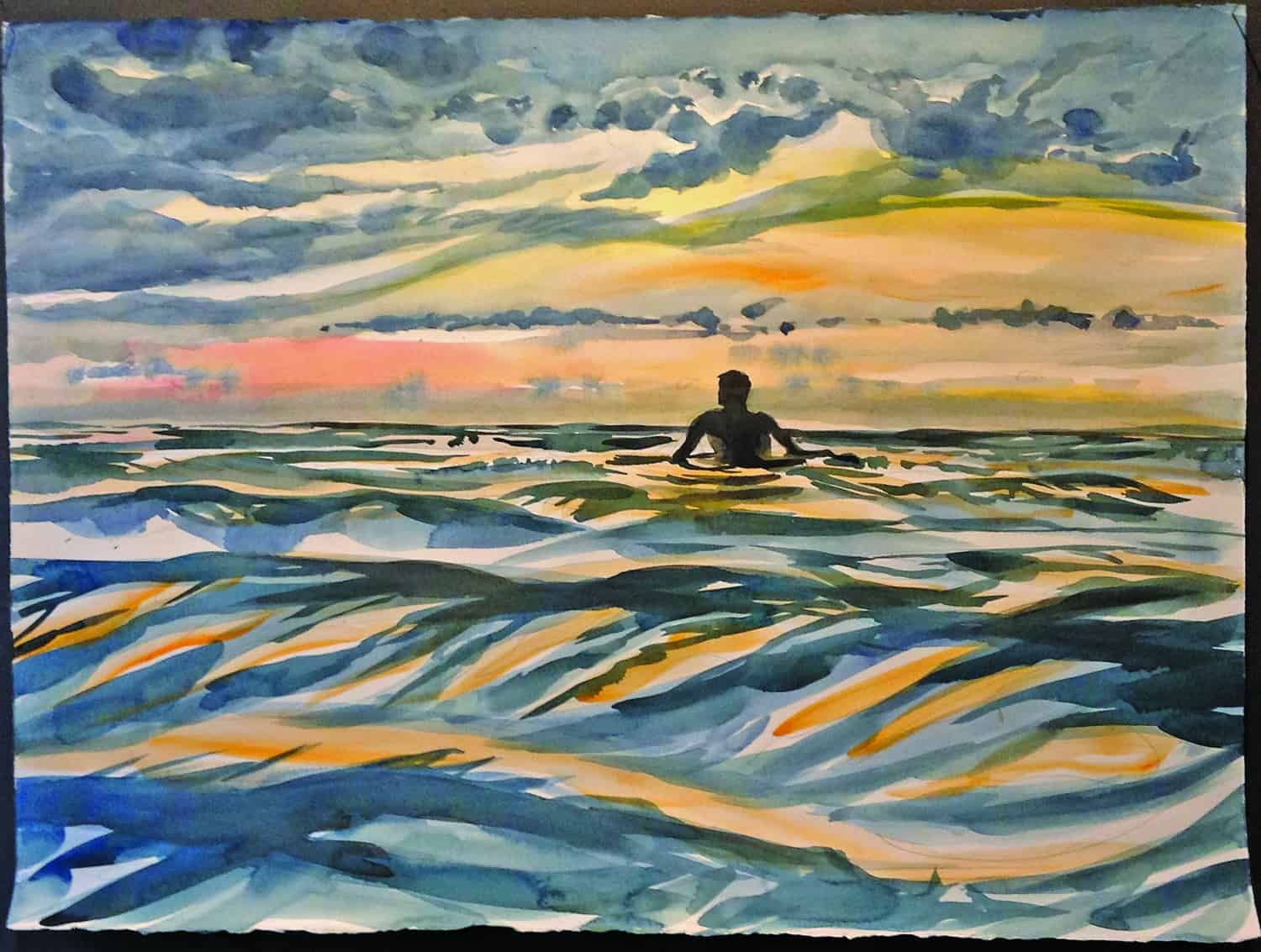
Courtesy of Schoolhouse Gallery)
“I love our horseshoe crabs. And this is a painting symbolizing the relationship of horseshoe crabs with red knots, migrating birds that eat their eggs. And they survive because they know right when to migrate. They’re one of our local migrants that are really special for this relationship. So the red knots and the horseshoe crabs have this relationship of millions of years and and somehow they’ve evolved to coincide with each other—not necessarily understand each other, but they are dependent. And so that’s kind of a model for me of humans. You know, what depends on us and what are we dependent on? Horseshoe crabs are one of the oldest creatures, you know, millions and millions of years [old]. Humans are like 100,000 years… And we have yet to figure that out.”
Sitting in his Provincetown studio on Upper Miller Hill Road, amid a dozen or so large canvases, Adams walks over to his latest work, an unfinished series of panels depicting humans in his characteristic bright color palette and featuring angels, something not typically associated with his work. He says these works are inspired by Caravaggio’s Seven Acts of Mercy. “You know, mercy to each other, mercy to ourselves and just our relationship to this whole coastal ecosystem. But fundamentally, it’s the idea that we are animals in nature, and we have to understand nature to live well and survive, or to be good animals. That’s my motto,” he adds.
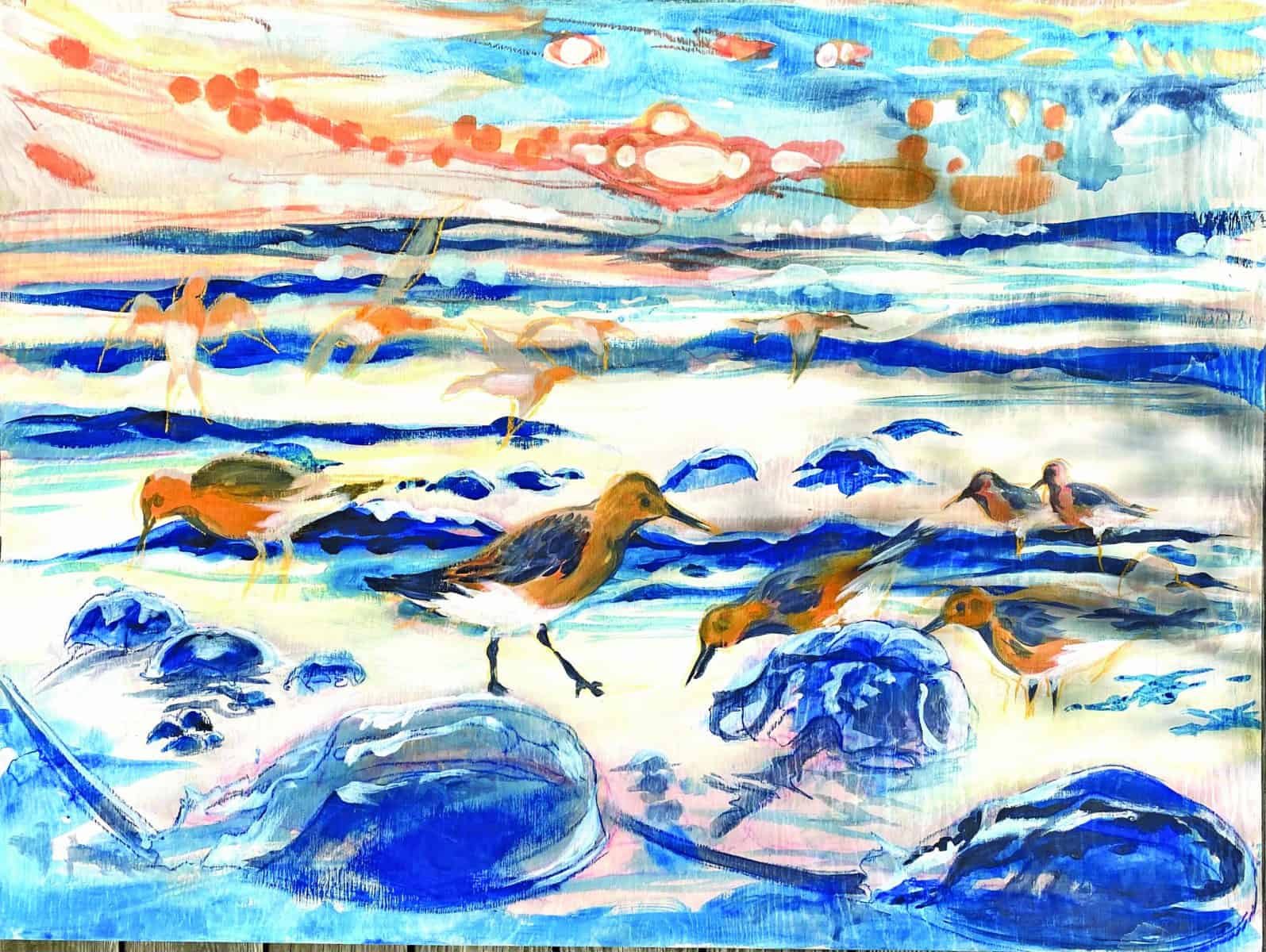
Originally from Chicago, Adams lived in California for a while, then Martha’s Vineyard, and ultimately came to the Outer Cape to work for the National Park Service on an ecological study, something he thought would be a brief stint. But, he says, since it was the early 1990s and computer mapping was just getting going, he ended up with a lot of work and a lot of projects that kept him on Cape Cod, something he does not regret.
“It’s a gentle place. And it gave me the chance to work and have those nature experiences, and, I gotta say, being a part of this community—the arts community, the gay and lesbian community—I mean, I came in the 90s. And, you know, almost half the people I knew were living under a death sentence of some sort. And I had a brother who died of AIDS in the early 90s, and friends, and it was really a low period of my own life and I was surrounded by other people. That was a connection, to be surviving together,” he recalls.
But the community he found here is also directly responsible for leading him to a career as a serious artist. “It took a long time for me to call myself an artist. I was doing art all my life, but I didn’t know if what I was doing could be called art. And I had a few shows. I really owe it to some friends at the Fine Arts Work Center, who I collaborated with. And that’s kind of what launched me, what connected me to the Schoolhouse Gallery and allowed me to have my own shows. And to have a practice. I have been showing at the Schoolhouse Gallery since 2000 or ’99, and I’ve had one or two shows every year in that time, and every time I approach a new season, I’m like, ‘how do you do this?’” he marvels.
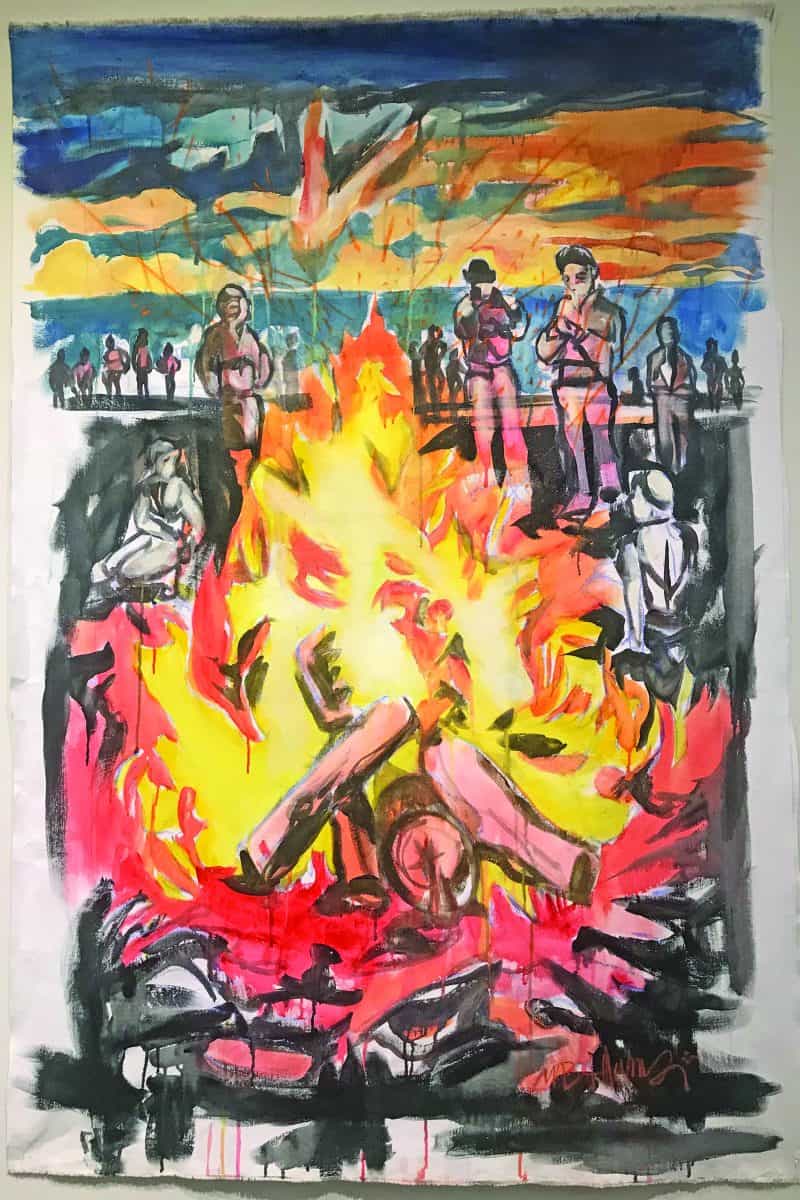
canvas, 63 x 41”, Courtesy of Schoolhouse Gallery)
Adams’ work is not about heavy-handed environmental messaging. Instead, he tries to make connections for people and immerse them in the natural world that we already inhabit but often don’t pay close attention to. And if people take things from the experience that are not what Adams intentionally set out to evoke, that’s fine with him.
“The most important thing is for me to connect with people, and sometimes the artwork connects with people in ways that I never imagined. And I’m happy with that. I love that. I love the surprise,” he says smiling. “I’m trying to take the things I believe in, the things that move me, and put them into paintings, but sometimes the translation of what you care about so much is incomplete and so it still drives me. But, happily, the viewer has their own experience and I get to participate in that. I don’t need to control it.”
Much of his work is done in watercolors, a medium notorious for its requirement that the artist yield control to its natural properties. In this way, it makes perfect sense that Adams would enjoy working with it, subject as it is to gravity and physics, the movement of the paint, its absorption into the material, and offering a kind of collaboration with the artist himself. It is not just what he paints, it is what the paint paints. As Adams puts it, “watercolor tells you what it wants to do. You don’t always control it. So that’s a strong point for me. You know, if you create a sky in watercolor, it’s going to have all kinds of inconsistencies, and that’s actually from gravity, from the flow of these minerals. And I like to think the painting kind of paints itself.”
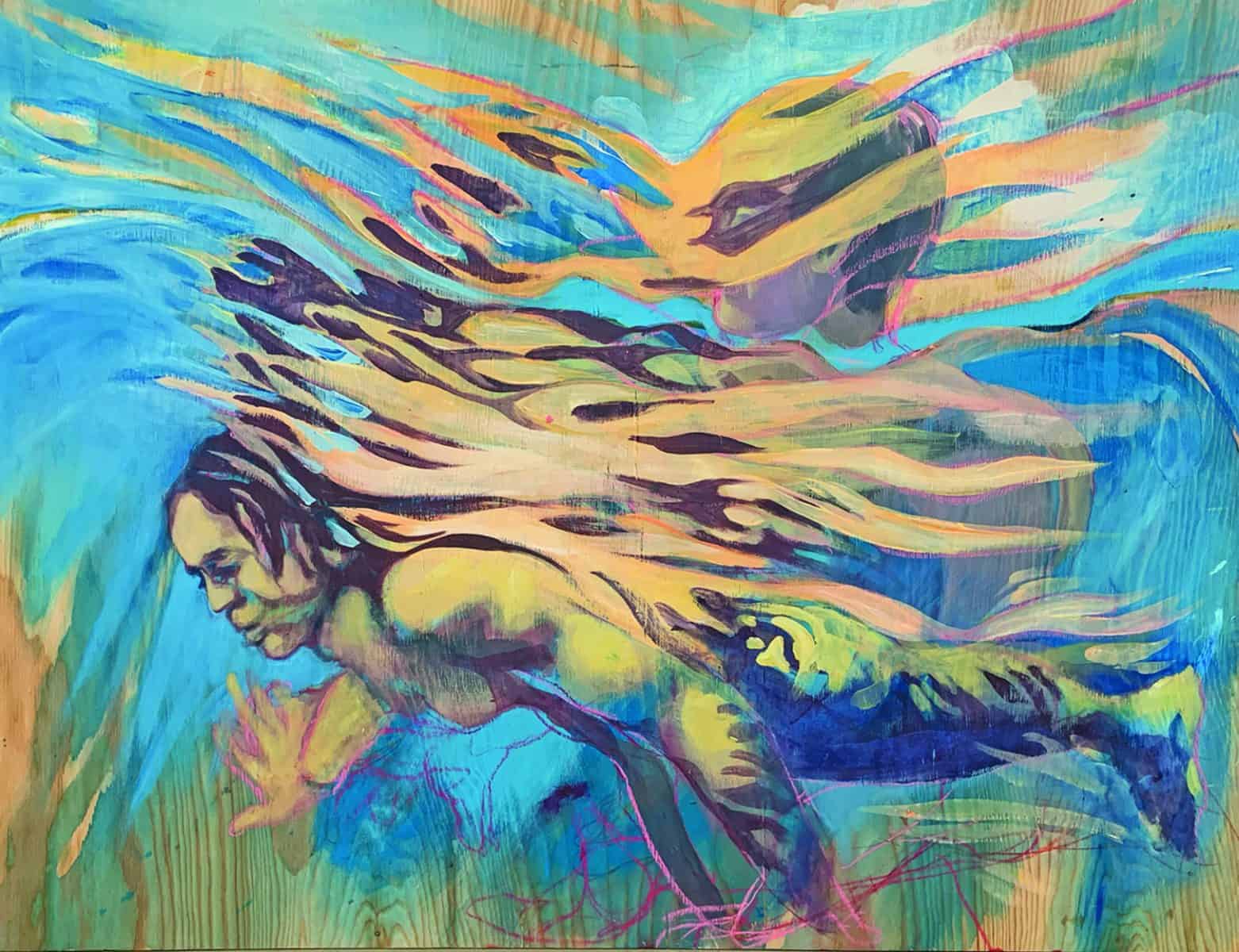
Photo: Rebecca M. Alvin
He points out an acrylic painting he did and explains how difficult it was to not show brush strokes in it, as a point of contrast to show the benefit of working in watercolors, which respond to the water as much as or more than the actual brush. “I want the water to do the painting. I don’t want my hand to show,” he explains.
But as much as his scientific mind has brought an angle to his paintings, his artistic proclivities have helped him see the world as a scientist and a mapmaker, as well . Like the red knots and horseshoe crabs, the scientist and artist in him have a symbiotic relationship that allows him to both see forces in nature, facts, measurements, and intricate relationships between the elements and then communicate the undefinable qualities with the viewer through his artist perspective and skill.
“The other thing about my art practice is I never thought I was good at it, I just had a point of view. And I really value that, to have a point of view. Because there’s people who are really good, really good painters, really good at realistic painting and technique, but sometimes I’m like, ‘what’s it for you?’ So I think I’m lucky that I’m not extremely talented,” he laughs. “Because it means I have to have a reason to do it that’s more than just a perfect image.”
The Arts Foundation of Cape Cod (AFCC) will present Mark Adams with the Artist of the Year Award and unveil a new artwork of his at a special reception on Thursday, April 27, 6 – 8 p.m. at the Cultural Center of Cape Cod, 307 Old Main St., South Yarmouth, Mass. The new piece will be auctioned off at the AFCC Prelude to Summer gala at the Hyannisport Club on June 1. The Schoolhouse Gallery, 494 Commercial St., Provincetown, will be hosting an open house on Friday, May 26 in which the public is invited to view Adams’s latest artwork, and learn more about the piece and his creative process and Adams will have his regular annual show there July 21 – Wednesday August 9. For information about Adams’ Provincetown appearances, visit galleryschoolhouse.com. For tickets and information about the AFCC events visit artsfoundation.org.

